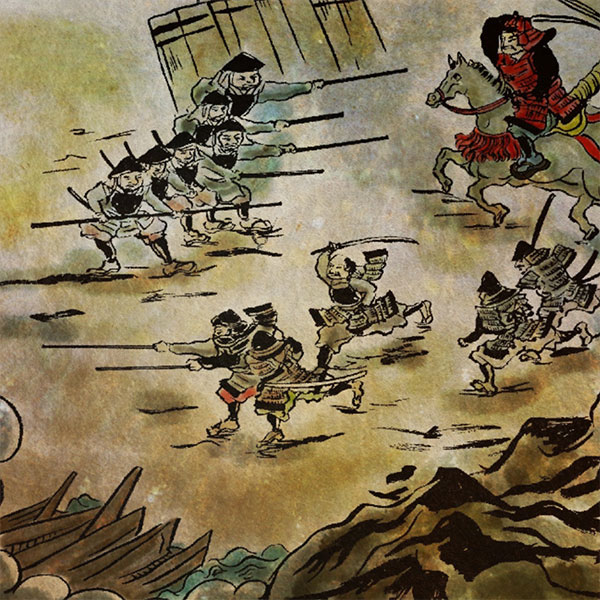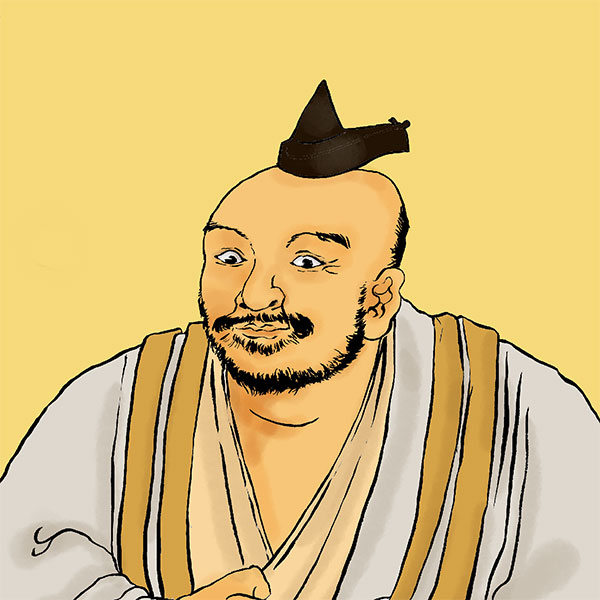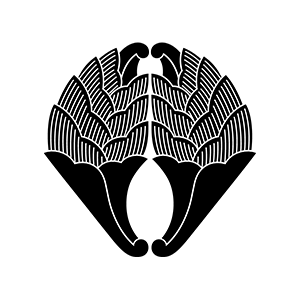- Saga domainOne of the leading figures of the Meiji Restoration
- The Saga Domain was a domain located in present-day Saga City, Saga Prefecture (then Hizen Province). Hizen Province was originally a land ruled by the Ryuzoji clan, who rose from being nationals to feudal lords during the Sengoku period. However, after Ryuzoji Takanobu was defeated by the Shimazu-Arima combined forces, his senior vassal ``Nabeshima Naoshige''

Saga CastleSaga City, Saga Prefecture
- spring
- summer
- autumn
- winter
- TOP
- Kyushu
- Saga Prefecture
- Saga Castle
| Other name | Ryuzoji Saga Castle, Muranaka Castle, Saka Castle, Sakae Castle, Sunken Castle, Kikko Castle |
|---|---|
| castle construction | 1602 |
| address | 2-18-1 Jonai, Saga City, Saga Prefecture |
| telephone number | 0952-41-7550 |
| Opening hours | 9:30-18:00 |
| closing day | December 29th - January 1st |
| Admission fee | free |
- Access to Saga Castle
- Approximately 25 minutes walk from JR “Saga” station
HISTORYSaga Castle, also known as the "Sunken Castle"
Saga Castle is a flat ladder complex type castle built in what is now Saga City, Saga Prefecture. Its predecessor was Saga Ryuzoji Castle, which was the residence of the Ryuzoji head family for generations, and the Nabeshima family renovated it and named it "Saga Castle." It was a castle built on flat land, and when it was attacked by an enemy, it had a mechanism to draw in water from the outer moat and submerge all but the main parts, giving it the nickname ``sunken castle.'' Let's unravel the history of Saga Castle.
- The predecessor of Saga Castle
- Saga (Hizen Province) was ruled by the Ryuzoji clan during the Sengoku period. The Ryuzoji clan was a clan that rose from the province of eastern Hizen Province to the feudal lord of the Sengoku period, ruling northwestern Kyushu. In particular, Ryuzoji Takanobu, who defeated the Otomo clan, is famous. Saga Ryuzoji Castle (also known as Muranaka Castle), which was the residence of the head family of the Ryuzo clan, is said to be the predecessor of Saga Castle. From 2009 to 2010, the Saga City Board of Education conducted an excavation survey near the Nishimikado gate, and as a result, two large buildings and a moat related to Saga Ryuzoji Castle were unearthed, proving that the legend was true. I did.
- Construction of Saga Castle
- The Ryuzoji clan suddenly fell into decline in 1584 when the head of the family, Takanobu Ryuzoji, was defeated by the combined forces of Shimazu and Arima, and his vassal, Nabeshima Naoshige, took over the reins. Nabeshima Naoshige was Ryuzoji Takanobu's brother-in-law and the chief retainer of the Ryuzoji family, so he became the guardian of Takanobu's eldest son, Ryuzoji Masa, and competed with Toyotomi Hideyoshi and Tokugawa Ieyasu. In the Battle of Sekigahara in 1600, his son Katsushige Nabeshima sided with the western army, but Nabeshima Naoshige showed his obedience to Ieyasu Tokugawa and was relieved of his territory. Therefore, the Edo shogunate transferred the lordship from the Ryuzoji family to the Nabeshima family, and the Saga domain, ruled by the Saga Nabeshima family, was established. Accordingly, Nabeshima Naoshige began renovating Saga Ryuzoji Castle in 1602, and his son Katsushige Nabeshima completed it in 1611. This is Saga Castle. It functioned as the domain office of the Saga domain until the Meiji era.
- Overview of Saga Castle
- Saga Castle is a flat mountain castle with an 80m long inner moat. A 38m tall castle tower with four floors on the outside and five floors on the inside will be built based on the drawings of the Kokura Castle tower. Because a flat piece of land was chosen as the construction site, the moat was built with an earthwork instead of a stone wall, and it is recorded that pine and camphor trees were planted on the earthwork to hide it. For this reason, the castle looked as if it had sunk into the pines and camphor trees, and it was also known as a "sunken castle" because it had a mechanism in place to protect itself from invasion by submerging everything but the main part in the event of a target attack. There is another name for it. In addition, the Keicho Otoku Ezu, which is said to have been created during the Keicho era (1610s), depicts the earliest period of Saga Castle. Because this drawing depicts stone walls and other features that were not actually built inside the castle, there is a theory that Saga Castle may have been technically unfinished until the end of the Edo period.
Saga Castle is also famous for having suffered many fires after its construction. The first fire occurred in 1726, when the castle tower, Honmaru, Ninomaru, and Sannomaru were all destroyed, and the only building left in the Honmaru was the storehouse. It was in 1728 that Ninomaru was rebuilt with permission from the shogunate. However, in 1835, another fire broke out, and the rebuilt Ninomaru burned down once again. Then, in 1838, the main enclosure, the existing Shachi-no-mon Gate, and the Tsuzuki Yagura were completed. The castle tower was never rebuilt after the Kyoho fire until the Meiji era. - Saga Castle after the Meiji Restoration
- Saga Castle, which entered the Meiji era, became the headquarters of rebel forces during the Saga Rebellion led by Eto Shinpei in 1874. As a result, most of the buildings other than the existing Shachi-no-mon gate and Tsuzuki-yagura were destroyed by fire. Honmaru Palace narrowly escaped being destroyed by fire and has since been reused as a courthouse and school. In 1953, Shachi no Mon and Tsuzuki Yagura were designated as important cultural properties of Saga Prefecture, and in 1953, they were designated as important cultural properties of the country. Later, in 1958, the Gozama of the Honmaru Palace, the oldest existing building in Saga Castle, was relocated to Mizugae Oki Park as the Nansui Hall. This Gozama was designated as an important cultural property by the city in 2001, and was returned to its original location in 2004 when the Honmaru Palace was restored. In 2012, a large-scale excavation of the castle tower and literature research were carried out, and the state of Saga Castle before the Kyoho fire was revealed.
- Current Saga Castle
- The restored Honmaru Palace of Saga Castle is currently the Saga Castle Honmaru History Museum. Only a small part of the castle remains, such as Shachimon Gate, but the ruins have been selected as one of Japan's top 100 castles and are visited by many history buffs. In addition, there are bullet marks left on the Shachimon gate during the Saga Rebellion.
Read about incidents related to Saga Castle
- Battle of OkitanawateTakanobu Ryuzoji vs Harunobu Arima/Iehisa Shimazu
- On March 24, 1584, Ryuzoji Takanobu and the combined forces of Arima Harunobu and Shimazu Iehisa fought on the Hizen Shimabara Peninsula (present-day Nagasaki Prefecture) in the Battle of Okitanawate. The Battle of Tanawate).” The Arima-Shimadzu combined army is a large army.

Read about people related to Saga Castle
- Takanobu RyuzojiThe man called Hizen no Kuma
- During the Sengoku period, warlords fought for supremacy all over the country, but powerful Sengoku daimyo gradually emerged in each region. In the Chubu region, there was the Oda Nobunaga, in the Kanto region, the Hojo clan, and in the Chugoku region, the Mori clan. In Kyushu, the Shimazu clan, Ryuzoji clan, and Otomo

History of the Saga Domain, with Saga Castle as its domain office
| Domain office | Saga Castle |
|---|---|
| old area | Saga District, Hizen Province |
| stone height | 357,000 koku |
| Fudai/Tozama | Foreigner |
| main lord | Nabeshima family |
| Estimated population | 648,277 people (Bunsei 11) |










